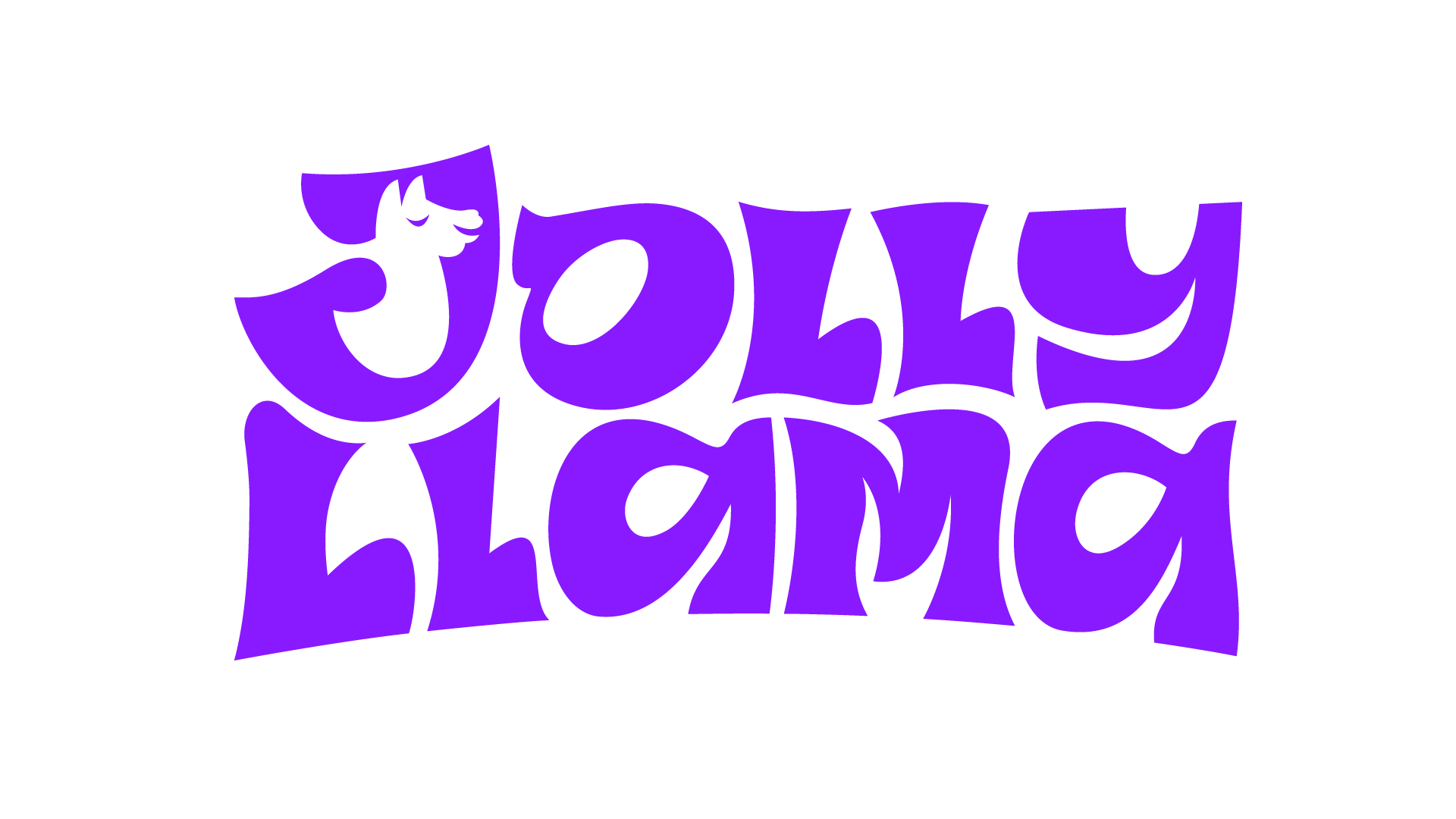
25 Feb Why Gluten Free?
Unless you, or a family member, suffers from celiac disease, you probably don’t know much about it. What is gluten anyway? Why does it seem like so many people are avoiding it? Is it bad for me? How do I know if I am gluten-intolerant? Is a gluten-free diet something I should follow?
We’re here to answer all of those questions, and more.
What is Gluten?
Gluten is a group of proteins found in some grains such as wheat, barley, rye, and spelt. It is responsible for the elastic texture of dough. Common foods with gluten in them include breads, crackers, pastries, bagels, crackers, and pastas.
According to the Mayo Clinic, “Gluten is the only protein found in food that is completely indigestible. Its indestructible molecules can slip through the intestinal lining and cause inflammation in the intestines of people with celiac disease.”
What is Celiac Disease?
Celiac disease is an autoimmune disease where the small intestine is damaged in response to ingesting gluten, and after some time will prevent the body from absorbing the nutrients from food.
About 1 in 133 people (or about 1%) have celiac disease, and it’s estimated that 83% of people with celiac are undiagnosed or misdiagnosed with another condition.
Because there is no cure or medication for celiac disease, strictly adhering to a gluten-free diet is the only treatment and is necessary for those with celiac disease and non-celiac sensitivity.
Diagnosis
Diagnosing celiac disease isn’t easy as it affects everyone differently. While some children can be diagnosed young, others don’t develop celiac until they’re adults. A blood test or biopsy of your small intestine may be ordered by your doctor to determine if you have celiac.
On average, those with celiac wait 6-10 years to be correctly diagnosed. Common signs and symptoms include abdominal pain, indigestion, fatigue, constipation, vomiting, diarrhea, bone/joint pain, depression/anxiety, anemia, etc.
Because so many processed foods contain gluten, it’s important to read food labels to determine if they have gluten in them.
Foods: What to Eat & Avoid
Not all grains have gluten in them. Some, like brown rice, buckwheat, quinoa, and wild rice, are naturally gluten-free. Oats are also part of this group, however, because they can often be contaminated at a wheat mill, it is best to purchase oats that are certified gluten-free.
Other foods that are naturally gluten-free include eggs, meats, beans/nuts in their natural state, fresh meat/poultry/fish, fresh fruits and vegetables, and most dairy products. Other grains and starches such as flax, corn, soy rice, arrowroot, and flours made from rice, soy, corn, potato, and bean, are also okay to eat.
Avoid any food and drinks that have barley, rye, triticale, and wheat in them. Be cautious as wheat flour can be masked as durum flour, farina, graham flour, kamut, semolina, and spelt. Also, be advised that some medications, supplements, and dressings may also contain gluten. Reading food labels is a necessity on a gluten-free diet. For an easy reference guide to foods that may or may not have gluten, click here.
Fad? Or For Real?
Gluten-free diets have risen to high popularity in the last decade. You may have heard about people celebrities adhering to a gluten-free diet who didn’t have a gluten sensitivity problem. Some people make claims that going gluten-free will help you lose weight, increase your energy, and improve your health overall. However, because most of the studies conducted on the gluten-free diet have been concentrated on mostly those with gluten-sensitivity issues, it’s unclear how the health benefits would actually affect the population as a whole.
Experts say that for people who don’t have a gluten sensitivity, going gluten free can be considered unhealthy. This is because our bodies absorb many key nutrients, fiber, and vitamins through foods with gluten present.
On the contrary, there are also many experts who claim that those with gluten-sensitivity aren’t the only ones who would benefit from eating gluten-free. There are many other medical conditions out there, particularly those dealing with the Gastrointestinal tract (such as Irritable Bowel Syndrome) that may benefit from a gluten-free diet. In addition, those with skin problems may see improved skin after being placed on a gluten-free diet.
No matter where you stand, if you are considering going on a gluten-free diet, it is best to consult with your doctor and a registered dietitian before starting any new diets or restrictions.
Because we understand how tiring it can be to adhere to certain dietary restrictions, we here at Jolly Llama have made it easy for you: Our Sorbet and Cream Pops are clearly marked Gluten-free on the front of the box, so you don’t have to take the time to read the food labels (although you are more than welcome to!). We believe that you shouldn’t have to compromise some of your favorite treats because of your restrictions, so go ahead! Slurp down your favorite Sorbet Pop today!



No Comments